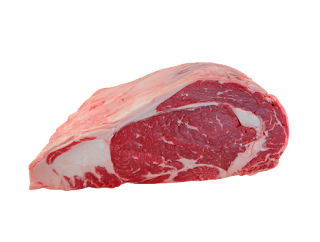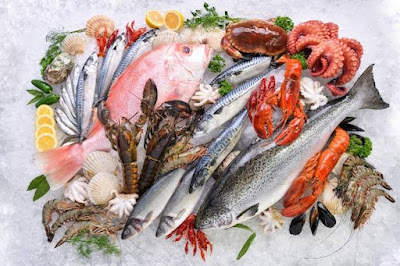Local Food Systems: Enhancing Food Security at Community Levels
Neighborhood food frameworks assume a significant part in improving food security at the local area level. These frameworks, portrayed by closeness among makers and purchasers, advance practical agribusiness, encourage local area strength, and add to healthful prosperity. In a world confronting worldwide difficulties like environmental change and financial vulnerabilities, focusing on neighborhood food frameworks becomes basic for guaranteeing food security.
At the core of nearby food frameworks is the idea of short stock chains. By decreasing the distance among ranchers and buyers, these frameworks limit the ecological effect related with significant distance transportation and capacity. This reduces fossil fuel byproducts as well as guarantees fresher and more nutritious produce for neighborhood networks. The immediate connection among makers and shoppers likewise advances straightforwardness, as people gain a superior comprehension of where their food comes from and the way things are delivered.
Economical horticulture rehearses are a foundation of neighborhood food frameworks. Local area upheld agribusiness, metropolitan cultivating drives, and ranchers' business sectors are instances of how these frameworks support harmless to the ecosystem cultivating techniques. By focusing on agroecological approaches, like natural cultivating and permaculture, nearby food frameworks upgrade soil wellbeing, moderate biodiversity, and decrease dependence on engineered inputs. This advantages the climate as well as adds to the drawn out strength of nearby food creation.
Local area commitment is a vital part of fruitful neighborhood food frameworks. Ranchers' business sectors and local area upheld horticulture programs make an immediate association among makers and purchasers, encouraging a feeling of local area and shared liability. This commitment goes past exchanges; it constructs connections, trust, and a feeling of satisfaction in supporting nearby economies. In addition, when networks effectively take part in food creation, they become stronger even with outer shocks, for example, monetary slumps or disturbances in worldwide stockpile chains.
The financial effect of nearby food frameworks stretches out past the ranch door. By supporting nearby ranchers and organizations, these frameworks invigorate the provincial economy, making position and cultivating business. This financial flexibility is especially significant during seasons of emergency, as seen during the Coronavirus pandemic when disturbances in worldwide stockpile chains featured the significance of independence at the nearby level.
Food security isn't exclusively about the amount of food accessible yet additionally its nourishing quality. Nearby food frameworks frequently underscore different and occasional produce, adding to a shifted and adjusted diet. This approach diverges from enormous scope modern horticulture, which will in general zero in on monoculture and the development of item crops. By advancing a more different scope of food sources, nearby food frameworks assist with combatting hunger and diet-related medical problems, upgrading the general prosperity of networks.
All in all, neighborhood food frameworks assume a crucial part in upgrading food security at the local area level. They advance manageability, encourage versatility, and add to monetary and social prosperity. As we explore a future loaded up with vulnerabilities, focusing on and reinforcing nearby food frameworks turns into an essential basic for building versatile and secure networks.











Comments